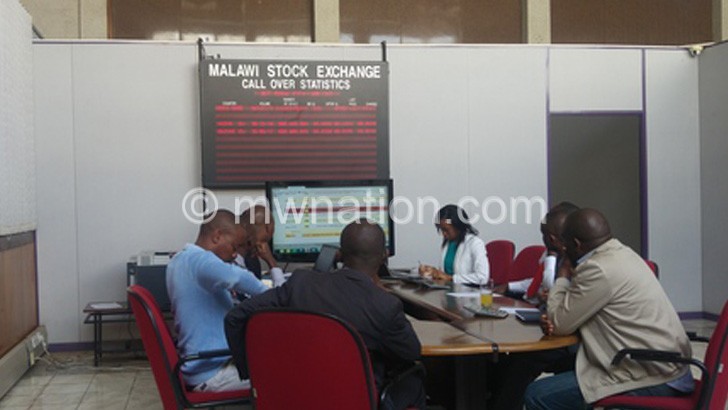High interest rates strain borrowers, says RBM
The Reserve Bank of Malawi (RBM) says the absence of a development bank over the years has been putting a strain on borrowers’ intended long-term investment financing.
RBM Governor Dalitso Kabambe said in an interview last week that businesses are forced to borrow from commercial banks for long-term investments due to the absence of development banks where loans are offered with a grace period and at lower interest rate.

He said development financing institutions help to mobilise cheaper capital for long-term projects that have a gestation period of one year.
Said Kabambe: “Currently, commercial bank base lending rate is at 14.9 percent and the maximum premium you can get as expensive loan in commercial banks is now at 26 percent.
“At 26 percent, you pay two percent interest per month. So, high street banks’ objective is to give short-term liquidity.”
He advised businesses to seek low-cost capital from the Malawi Stock Exchange (MSE) to bridge the financing gap for long-term financing.
Kabambe said currently, the central bank is looking forward to Malawi Agricultural and Industrial Investment Corporation (Maiic) which was set up by government to solve the current mismatch as businesses will be able to borrow with a grace period before commencing repayment.
Economics Association of Malawi (Ecama) president Chikumbutso Kalilombe in an interview agreed with the central bank governor.
“We do agree with the facts because indeed the mismatch is happening where people are borrowing to finance long-term liabilities. You can’t invest using short-term financing.
“For instance, you cannot borrow to invest in macadamia nuts production and processing because that tree takes about five years to grow, so where will you repay from before the tree starts growing,” he said.
However, Kalilombe said it is too early to gauge the impact Maiic will have in terms of provision of cheap capital.
At the end of 2018, RBM said high interest rates contribute to high default rate, and the figures showed that 19 percent increase in non-performing loans from 10.8 percent recorded in the previous year. n





